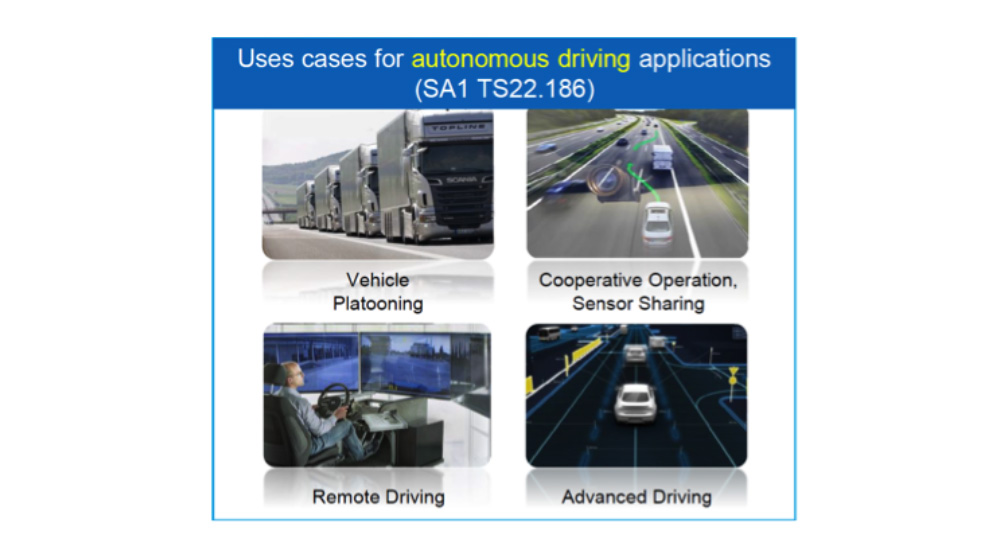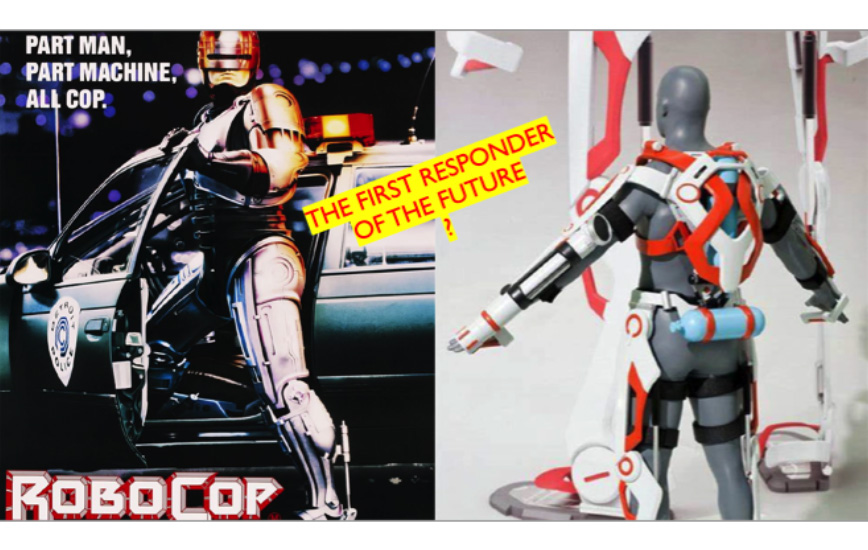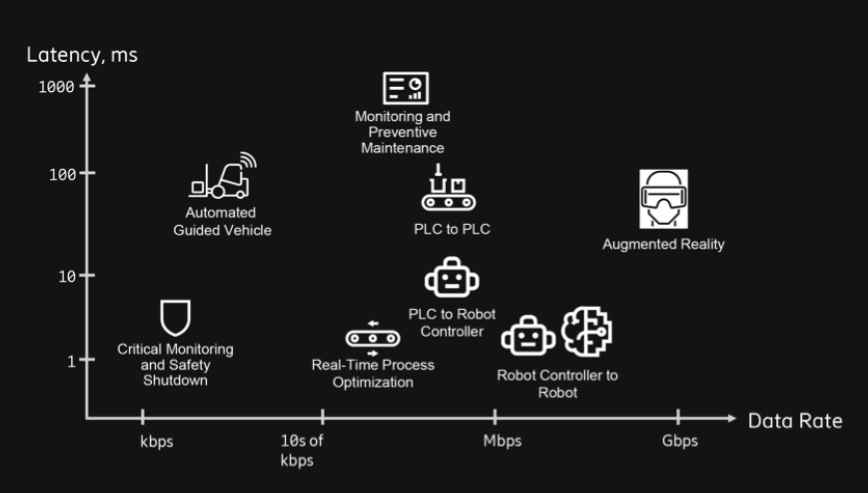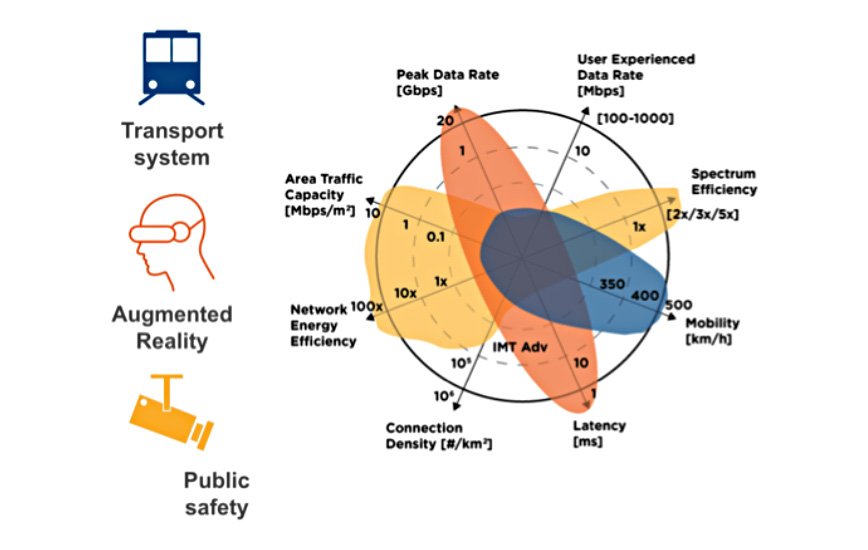Where now for spectrum and industry?
A two-day CEPT workshop in May discussed new spectrum solutions for ever-changing industry sectors, writes Peter Faris, Spectrum Expert, European Communications Office

Ongoing developments in technology are changing the way the spectrum is managed. There is increasing demand for spectrum from a diverse range of new applications, requiring new features such as super-low network latency and mission critical application support. At the same time there are opportunities including much higher radio network capacities, a high degree of flexibility to organise networks – such as ‘slicing’ –and new tools enabling the sharing of spectrum.
In order to understand how ECC can balance these requirements and opportunities, it held a CEPT workshop on new spectrum solutions for industry sectors. More than 150 radio industry and regulatory experts, including 38 speakers, gathered in Copenhagen for the two-day event in early May. The workshop attempted to predict identifiable spectrum requirements to fulfil upcoming communications needs of different sectors of industry.
Different sectors have different requirements
Speakers from a diverse range of sectors – including transportation, telemetry and automation, consumer applications and public safety – delivered presentations on their current and upcoming connectivity needs.
Speakers from the transportation sector noted opportunities for common transport platforms based on similar requirements such as the analogous needs of the automotive and rail sectors for tactical information and ”infotainment”. In addition to the move towards autonomous driving in the automotive sector, the maritime industry is also considering increasing use of autonomy. There is interest in the 5.8-5.9 GHz range from the automotive, rail and maritime sectors.

Figure 1: Use cases for autonomous driving applications. Source: 5GAA
For telemetry and automation there are requirements for both sub 1 GHz and millimetre wave bands. Speakers noted the need for improved spectrum harmonisation and dedicated spectrum in some cases, as well as interest in spectrum sharing. High reliability is key for applications such as healthcare and smart grids
Private cellular networks, including existing 4G networks and future 5G networks, are seen as important to support industrial automation. The aviation industry is also interested in the use of such networks in airports.
Figure 2: Use cases in factory automation. Source: GSA
Virtual reality was noted as an important development for consumer applications in both smart homes and smart cities.
There is interest in 5G from the media and entertainment sector, however, it is expected to complement rather than replace existing spectrum allocations. More standardisation is needed for 5G to address latency critical applications such as programme making and special events.
The public safety sector believes hybrid networks will play an important role in the future, with a combination of dedicated and commercial spectrum. New use cases include real-time video, augmented reality, large swarms of micro-drones and large-scale, body-worn sensor networks.

Figure 3: New use cases for public safety applications – large-scale, body-worn sensor networks. Source: PSCE-PSRG
What spectrum solutions are available to meet the needs of industry?
After the industry requirements had been presented the workshop moved on to consider suitable spectrum solutions to address the identified needs of the different sectors. Speakers from a range of industry associations and companies presented options for spectrum sharing, including the use of licence-exempt spectrum, licenced assisted access and cognitive radio, as well as the use of cellular networks and satellite solutions.
Wi-Fi is expected to play an important role within licence-exempt solutions. Traffic growth is expected to complement 5G, including in new bands such as 6 GHz and 57-71 GHz. Networked short range devices provide opportunities for low-power and low-cost networks below 1 GHz. They will be used for a range of applications such as smart grids and agriculture, but there is a need for liberalised regulations.
Licensed assisted access, where licence-exempt spectrum is used to complement licensed network access, is now a commercial reality for 4G networks, and is expected to play an important role in 5G, which will require a large amount of spectrum using a mix of bands and licensing approaches.
Cognitive techniques including dynamic spectrum access can play a role, but there is a need for better device standardisation. Licensed shared access at 2.3 GHz, increased use of TV white space, and private cellular networks in 3.4-4.2 GHz offer future potential in Europe. Warehouse applications are a good example of cases where networks can safely operate in licence-exempt or shared spectrum without risk of wider interference. This is due to sufficient shielding or cases where latency isn’t critical. It is important to understand the specific needs of each application, in particular whether applications are considered as critical and require dedicated spectrum, or if there are opportunities for sharing.
Cellular networks, including 5G, are well placed to support vertical industries through wide area coverage, as well as small cells, and can help to grow new use cases. It is necessary to understand which requirements are most crucial for each use case in order to optimise these requirements. In addition to massive machine-type communications (mMTC), 5G can also support ”critical” MTC as part of the ultra-reliable low latency communications requirement of 5G. A number of trials are ongoing to test these use cases.
Figure 4: Implications of 5G requirements for some use cases. Source: GSMA
There are differing views within the cellular industry on the possibility of setting aside spectrum for private local networks. Operators see these as a threat to the wider success of 5G, as well as creating coexistence challenges, whereas vendors see opportunities for these types of networks noting that a range of models will be needed to support the needs of vertical sectors.
Satellite can also play an important role in supporting MTC, including standalone operations with direct access and backhauling in bands below 3 GHz, as well as the possibility for hybrid systems using terrestrial and satellite connectivity in different bands.
The satellite deployment model is changing to move to large constellations of small satellites in lower orbits and away from traditional deployments, bringing a significant increase in available capacity. This means that satellite can play an increasing role in supporting key 5G usage scenarios.
National level plans
Several CEPT administrations presented national views on how to address the gap between industry demands and availability of suitable spectrum, as well as information on national plans for specific bands. Various pilot programmes involving new applications and new spectrum sharing techniques are ongoing or planned.
The way forward for ECC
The workshop concluded with a presentation from the ECC Chairman Chris Woolford identifying the common themes and a way forward to address the identified requirements, noting a number of challenges.
It was clear from the workshop that connectivity is becoming increasingly important for a wide range of services and applications. However, if demand for dedicated spectrum continues, there is insufficient spectrum to meet the stated needs of all industry sectors. Demand exists across all frequency bands (from VHF to millimetre wave) and the optimal frequency range varies for different sectors.
Figure 5: 5G and other wireless services are expected to deliver a range of new services, requiring additional spectrum. Source: Ofcom
In future it will be important to better understand the needs of industry sectors and how these translate into spectrum requirements. Possible synergies across sectors should be identified, based on common radio interface requirements. Options for spectrum sharing and appropriate authorisation schemes should be further explored. There is a need to facilitate complementary and hybrid solutions between services and applications. It is also important to learn from one another’s experience, especially from ongoing tests and trials.
Challenges to be addressed include the increasing intensity of use of spectrum and balancing the different approaches for provision of spectrum. Harmonisation is considered as important for some sectors, but this needs to be balanced with flexibility, taking into account the specific needs in each case. Similarly, whether to allocate licensed spectrum locally or nationally, and whether the use of dedicated or shared spectrum is more appropriate, needs to be considered carefully on a case-by-case basis. All of this should be undertaken with an overall aim to ensure enhanced spectrum efficiency.
Overall, the workshop was a success, providing insight into connectivity requirements from a range of sectors, as well as innovative solutions, which can help to inform ongoing and future work within ECC. Watch this space for future thematic CEPT workshops.
The presentations from the workshop are available here.






